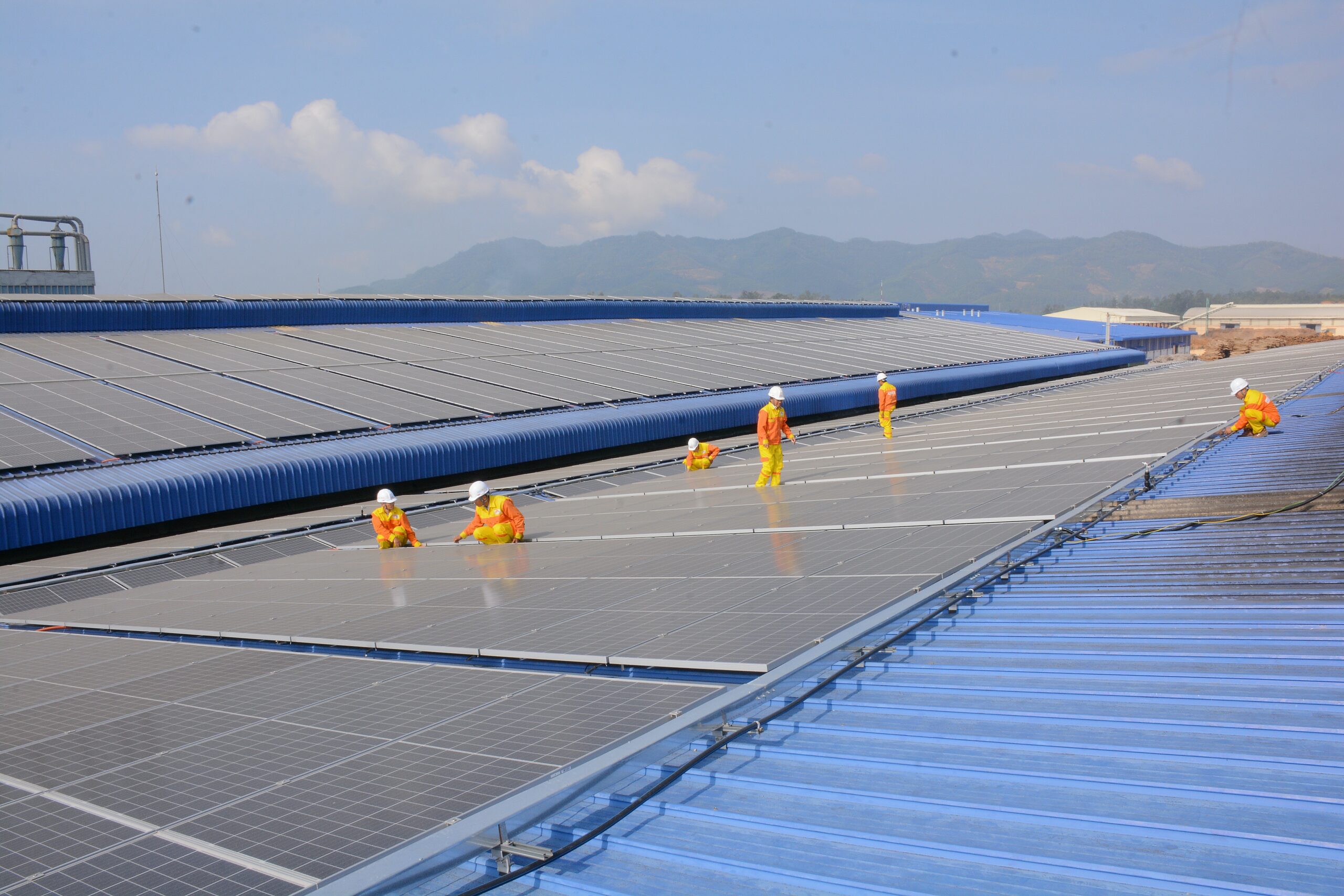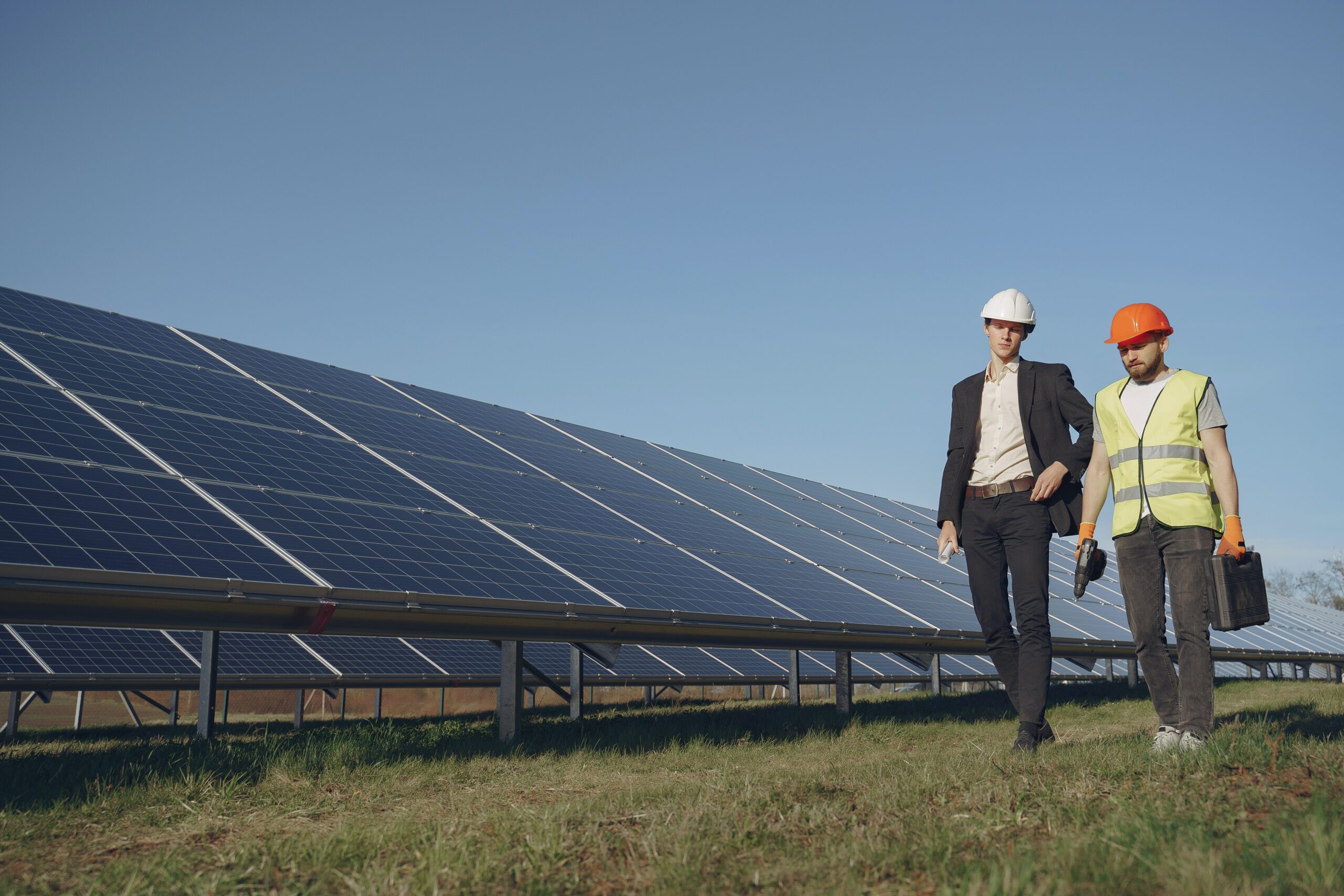Solar Operations and Maintenance (O&M) is an extremely important function of any solar energy business. Solar installations can be quite the investment, so systems must be kept in good working order. This article will discuss both residential and commercial solar O&M, why it is so crucial, and how to streamline your operations and maintenance processes.
What is Solar Operations and Maintenance?
Solar Operations and Maintenance involves the required functions, duties, and labor associated with solar installations and services, in order to keep the energy system operating efficiently. The operations component of solar O&M can involve service and inventory management, whereas the maintenance aspect includes condition-based or predictive, corrective, and preventative maintenance.

Why is O&M Important?
Solar equipment, components, and systems are large factors in a solar investment. This investment is worth it, however, but in order to reap the benefits, you will want to ensure that your systems are well taken care of and working at optimal levels. Routine, preventative, and comprehensive maintenance services can stop performance issues, optimize efficiency, and lengthen the long-term lifespan of your solar panel system.
While the maintenance side of solar operations and maintenance is extremely important, the operational side (which includes asset and service management) cannot be ignored. As the solar energy industry matures, it is more important than ever for renewable and solar system companies to consider implementing reliable technology systems.
What are O&M Providers?
An O&M provider, company, or partner, are responsible for the continued operations and performance of a solar system. For solar O&M, specific duties include ongoing system monitoring, conducting the real-time and historical analysis involved in predictive maintenance, and other requirements related to site surveys, services, warranty, and repairs.
There are three different types of solar operations and maintenance companies:
- Dedicated O&M provider which is a company that system owners can hire to monitor and service your solar panel systems in order to keep them running smoothly;
- Solar installer O&M services who will dispatch an individual or team of field technicians to your plant or solar site in order to repair your solar PV systems as needed; and
- Inverter monitoring solutions which are often built-in to your products and collect data to indicate when your systems are underperforming.
What is a Commercial vs. Residential Solar System?
A commercial solar system, sometimes also referred to as commercial and industrial or C&I, is a solar energy system for businesses, rather than residential solar which is focused on installing a solar system for homes.
Due to a number of factors, C&I solar projects will not all look the same. In addition to businesses from large corporations to local small businesses, governments, schools and universities, and even nonprofits are good candidates for a solar C&I customer.
Since residential and commercial solar panel systems vary in terms of size, project duration, and equipment, your solar O&M services will depend on whether your system is a small-scale rooftop system or a large commercial installation. Solar O&M for larger C&I installations tend to focus more on preventative strategies, while rooftop installations are typically more reactive.

How Can You Streamline Solar O&M?
Solar software such as an O&M platform might come in a variety of forms. Scoop is a powerful and versatile solar project management software that provides solar and renewable companies with effective and reliable methods for not only tracking and managing your solar installation projects, but also implementing and digitizing best practices for solar O&M. From service ticket creation and dispatch, to preventative maintenance scheduling and execution.
If you are looking to improve your solar O&M services, keep reading or check out the article on five ways to streamline your solar O&M.
Solar Project Schedule Feature
Scheduling and dispatching your field team is a key aspect of solar maintenance, inspection, and repairs. Unfortunately, many solar owners still utilize manual disjointed systems to execute this task. Disconnected calendars, scheduling systems, and work orders makes it time-consuming to put service and maintenance requests into action.
The calendar schedule feature is one of many benefits of Scoop’s comprehensive platform. The cloud-based platform is also available on mobile, providing on-the-go access for your field team. Site surveyors that have just arrived on-site for an inspection, for example, can click through the calendar event to access customer data, work order details, and more. As the site survey is complete, these employees can upload relevant data, photos, and videos on the fly. This information is saved in the Cloud and synced back to your office team to assess next steps.
O&M Reporting on Services
LOOXY is Scoop’s integrated analytics platform that takes care of monitoring trends and visualizing key performance metrics so that business owners can focus on maintaining optimal system performance as your company starts to scale. LOOXY quickly answers questions such as:
- How many service visits are being completed by my team per week, month, or quarter?
- How can I easily see data aggregated across all services?
- What is the ratio of services covered under warranty?
- What number of services require equipment or parts replacement?
- Which parts and components are being replaced the most often? What is their cost?
- What is the average time per service visit for my crew? How is it trending?
- Where can I see a queue of my scheduled versus unscheduled services?
- How can I assess the effectiveness of my resources and see which technicians I have scheduled across different dates?
By monitoring quality, cost, performance, and production, your renewable energy company can properly evaluate your system services and identify areas of improvement.
There are several ways that solar system owners can prepare for growth and ensure your end-to-end services continue to run smoothly and efficiently, even as you scale your business. If you are considering a solar investment in technology, reach out to our team today. We will provide you with resources, solutions, and customer support specific to the solar industry in order to help you make the most of your long-term investment.

Solar O&M FAQs
What is O&M in Solar Energy?
O&M is operations maintenance. In the solar energy industry, this relates to the essential tools, systems, and technology that keep residential solar systems and commercial solar power plants alike operating at their maximum efficiency. Solar O&M includes preventative maintenance, operations maintenance, and monitoring system performance, as well as asset management, reporting on production and operational data, warranty, support, and repairs.
What is a benefit of a good photovoltaic (PV) operations and maintenance plan?
In order to ensure longevity of your solar systems, you will want to ensure that they are well taken care of and working at optimal levels. Routine, preventative, and comprehensive maintenance efforts can stop performance issues, optimize efficiency, and lengthen the long-term lifespan of your solar panel system.
What are the three main configurations of a PV system?
The solar energy storage and solar storage systems in the world have three different forms: grid-tied, off-grid, and hybrid systems.
Is there a difference between commercial and residential solar panels?
Yes, there are a few differences between residential and commercial, or utility scale, solar panels. For one, solar panels used in C&I systems are generally much larger than residential ones. The solar system mounting technique is typically different in these two situations as well. Many homes have a pitched or slanted roof, therefore requiring a penetrating racking system to mount the panels and secure them to the roof. For commercial installations, on the other hand, many company buildings have a flat roof so this is not required. Lastly, commercial panels typically have a greater energy storage capacity. This feature, paired with their larger size, makes them more expensive compared to those used in residential installations.



















